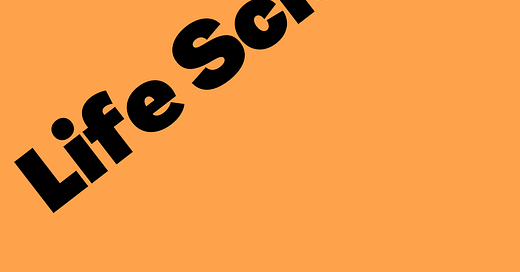Karen Kilroy is the founder of Kilroy Blockchain as well as an O’Reilly Media author.
Karen’s company develops blockchain workflows to be implemented for companies. Our podcast conversation meandered far from my notes because, as blockchain is new to me, everything is interesting. We actually started off talking about artificial intelligence and how blockchain has the potential to make AI less scary.
For this article, I’ll stick to understanding what it is, presenting some use cases and Karen’s thoughts on how dip your toes in the blockchain pool as a way to get comfortable and see the potential.
What is Blockchain?
Blockchain, as you may know, is the technology behind cryptocurrencies like Bitcoin and Ethereum. Those are open unpermissioned networks.
A blockchain is a database spread (mirrored) across multiple computers, often referred to as a distributed ledger. That ledger is a record of transactions. When a transaction (currency transfer, receipt of a product, whatever you like) is validated, a “block” is added to the chain and given a hash reflecting the contents of that block. The hash is a long alphanumeric based on the content such that if the content (the transaction is changed) the hash will change. That is what makes the record immutable, or more accurately, tamper evident. Because the ledger is distributed, everyone will see that a change has been made.
Smart Contracts
The Ethereum blockchain supports the use of smart contracts, code written into the blockchain such that transactions can be automatically executed when the agreed upon criteria are met. For example, we could devise a smart contract where you send me a dozen chocolate cookies every Monday and my next newsletter includes a shoutout to you. No shoutout, no more cookies.
Use cases
Supply Chain
This seems, as in my example, to be the most commonly suggested use case. It goes beyond shipping and payment, however. Imagine, that sensors keep track of the temperature, humidity and travel time of the cookies. I don’t have to accept stale or melted cookies. By now you can see the value to life science products where the cold chain is important.
Compliance
While companies spend a lot of effort to make agreements and put them into contracts on paper, in the real world those may end up in a drawer with people doing their best to follow those agreements, but possibly creating unnecessary risk by not following exactly what was intended. You can imagine that having conditions written into a blockchain on top of whatever system you like could ensure compliance or deliver prompts when some aspect of a transaction is missing.
Silos and Security
Data is power and data is also money… Everything is all about data. So, you know, going way back, you have siloed data and departments that won't talk to each other and departments that won’t work with each other because that takes away their power and there's no new advantage to it. So what you can do with blockchain systems is you can, you can anonymize the data in such a way where you can share it with the larger group for the greater good, without giving away all your secrets.
Karen gave the example of a foodborne illness outbreak. In this case, it could be possible for a grocery chain to identify which lots of lettuce were contaminated for example without revealing who all of its suppliers are.
Implementing Blockchain
Nevermind crypto this and NFT that, blockchain can be overwhelming. I wanted to know how can a company get started to see what the possibilities are for implementing it on some systems without throwing in the towel because it was too much right off the bat. What does the path to adoption look like?
First of all, recognize that we’re talking about closed, permissioned systems where different groups may have different levels of access to look at or add records (just like you are used to).
Cake Analogy
Karen made a good analogy to wanting a cake. You can make it from scratch, buy a mix in a box, or buy the whole cake.1
You can build your system using Hyperledger fabric or Ethereum.
…in that case, you're going to need to do all your own upgrades. You're going to need to watch for security holes. There's really a lot of of work… There's a lot of maintenance etc...
The cake in a box equivalent is tapping into an already built platform that can be implemented to meet your needs. And finally, buying the cake is a purpose built application, just like any other application.
Do you see applications for your business beyond supply chain and compliance? Is your company starting to talk about implementing blockchain for any systems? I’d be interested to hear how it’s going.














Share this post